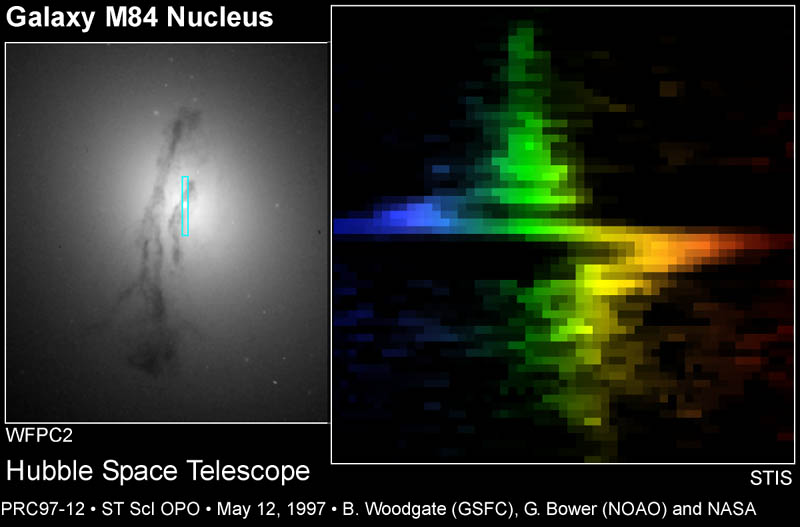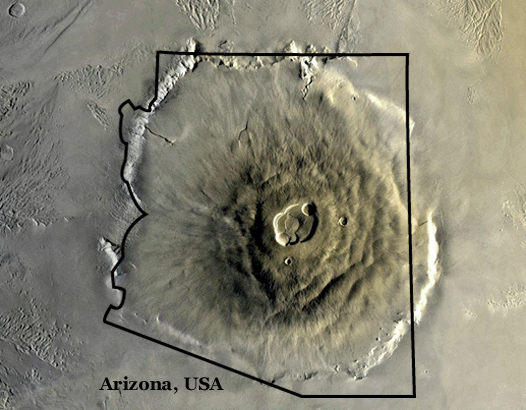A runaway train car that has a mass of 15,000 kg travels at a speed of down a track. Compute the time required for a force of 1500 N to bring the car to rest
Classic stopping time problem. Use the impulse equation, though: \(F_{net} \Delta t = \Delta p\)
 Cf.,
Cf., 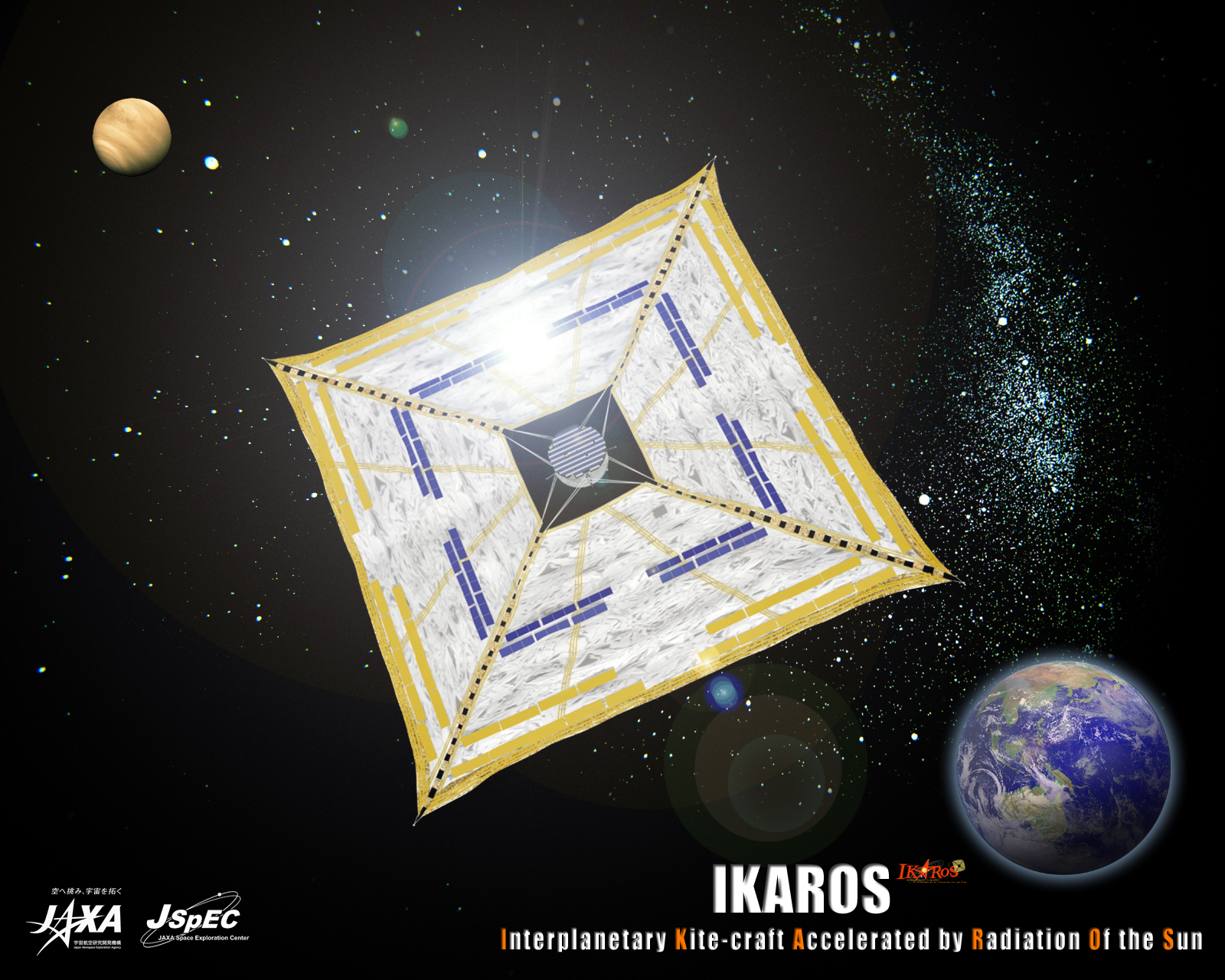




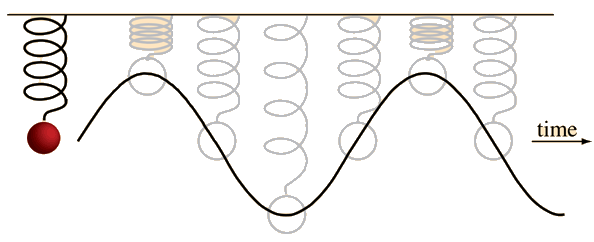 That is, what is simple to learn about spring/mass systems becomes widely applicable in other oscillatory systems like a beating heart, a particle inside an atom's nucleus, a light wave, a tsunami etc.
That is, what is simple to learn about spring/mass systems becomes widely applicable in other oscillatory systems like a beating heart, a particle inside an atom's nucleus, a light wave, a tsunami etc.


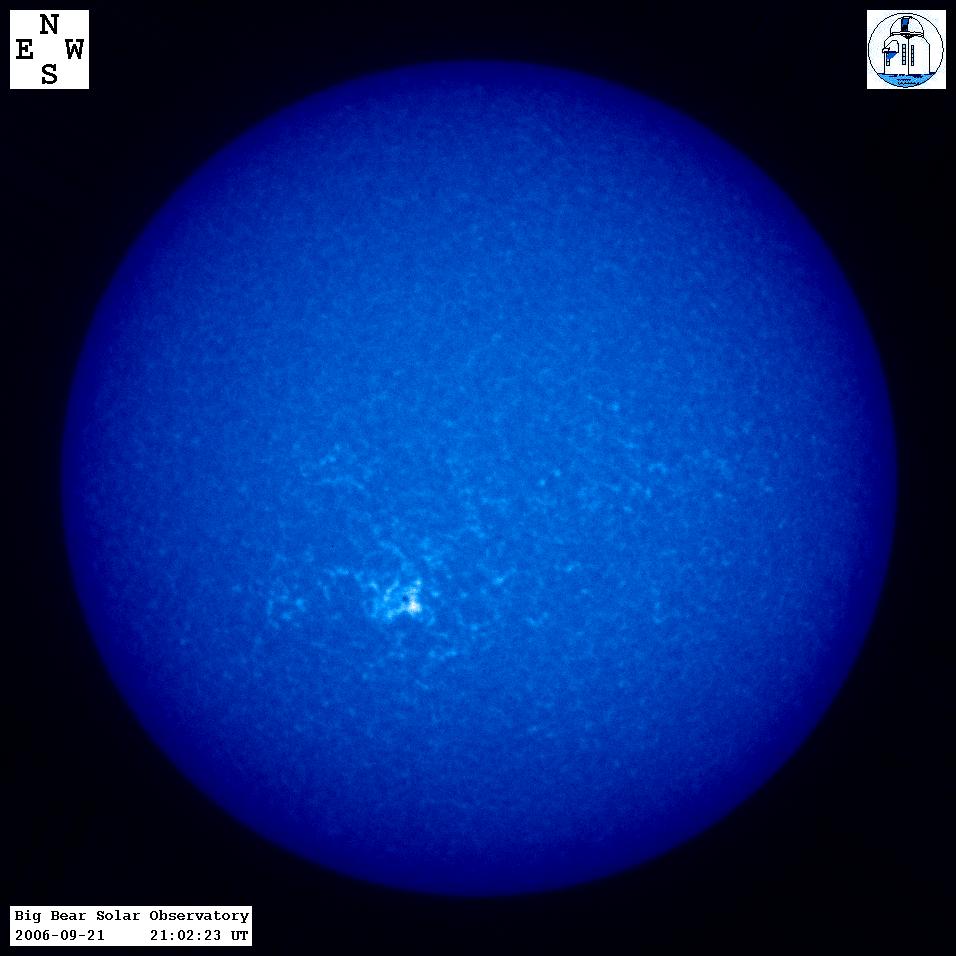

 Image: Katzman Automated Imaging Telescope/LOSS
Image: Katzman Automated Imaging Telescope/LOSS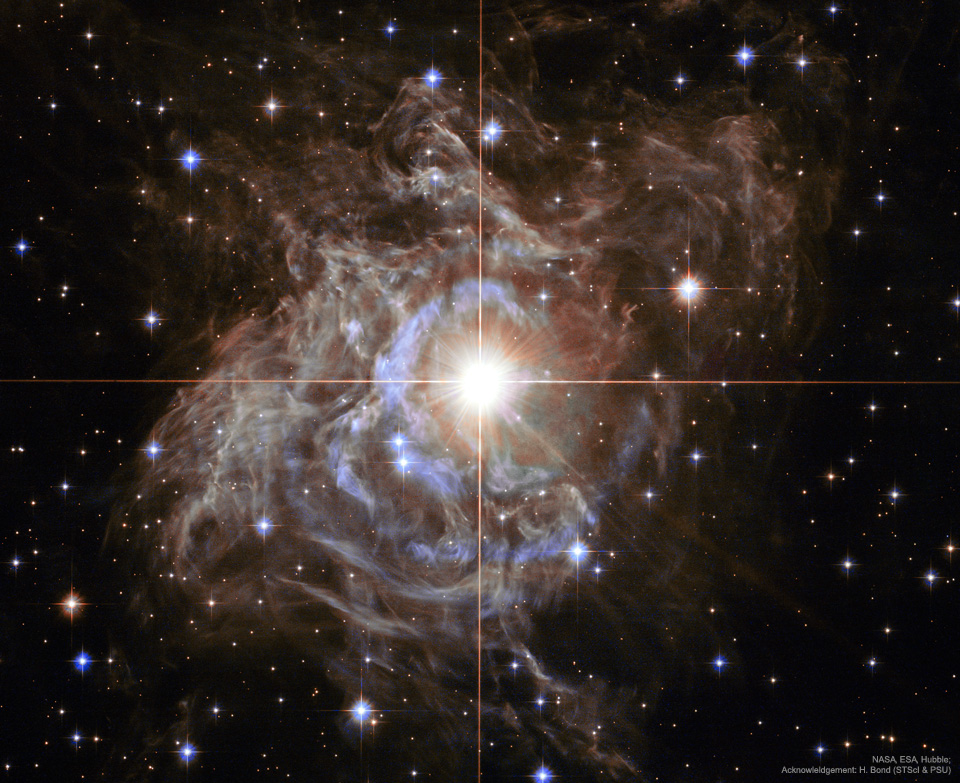
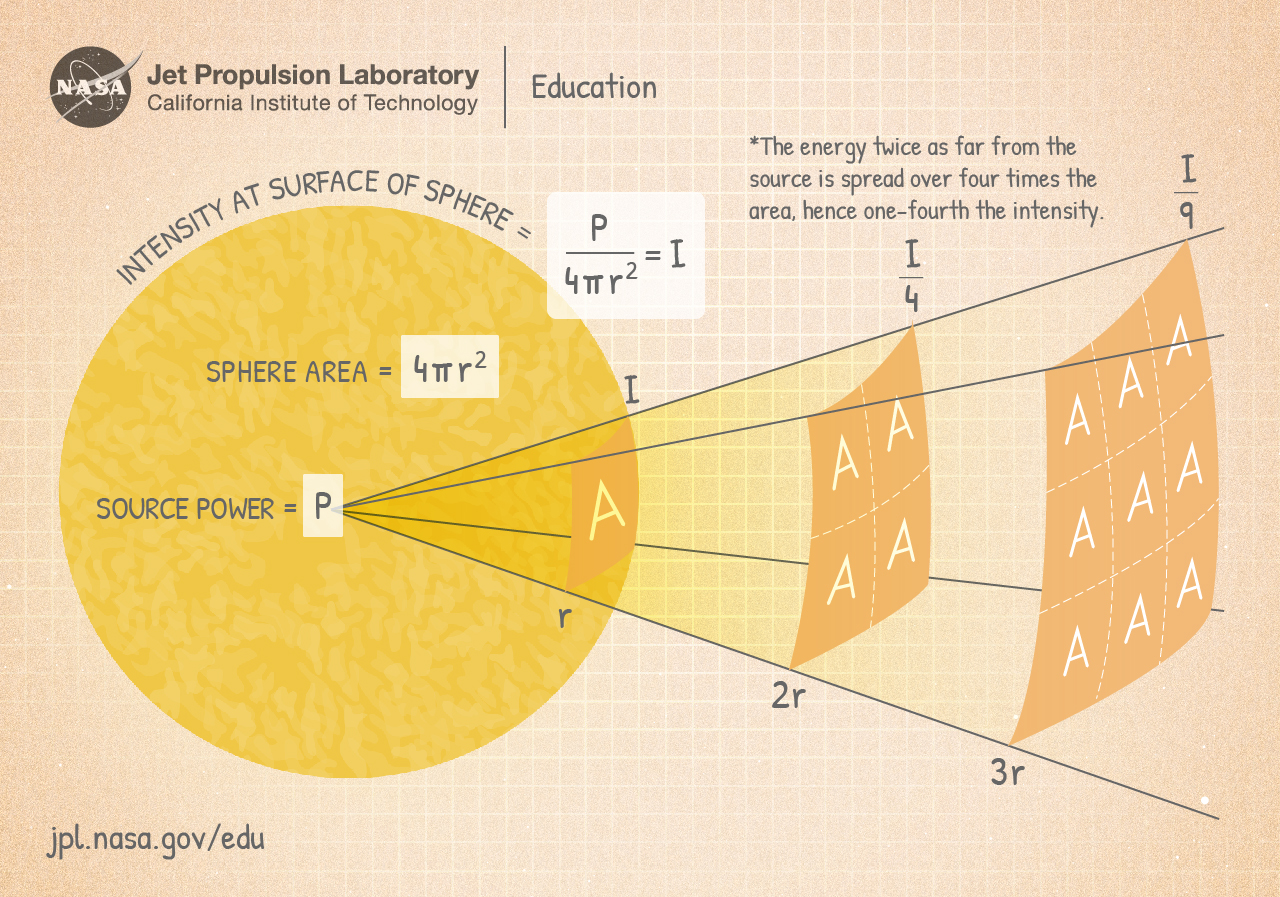

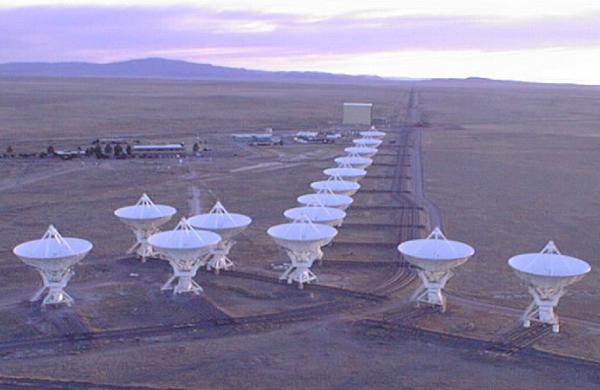
 various colors picked out by the upper layers of the chromosphere and very hot atmosphere of the sun.
various colors picked out by the upper layers of the chromosphere and very hot atmosphere of the sun.





